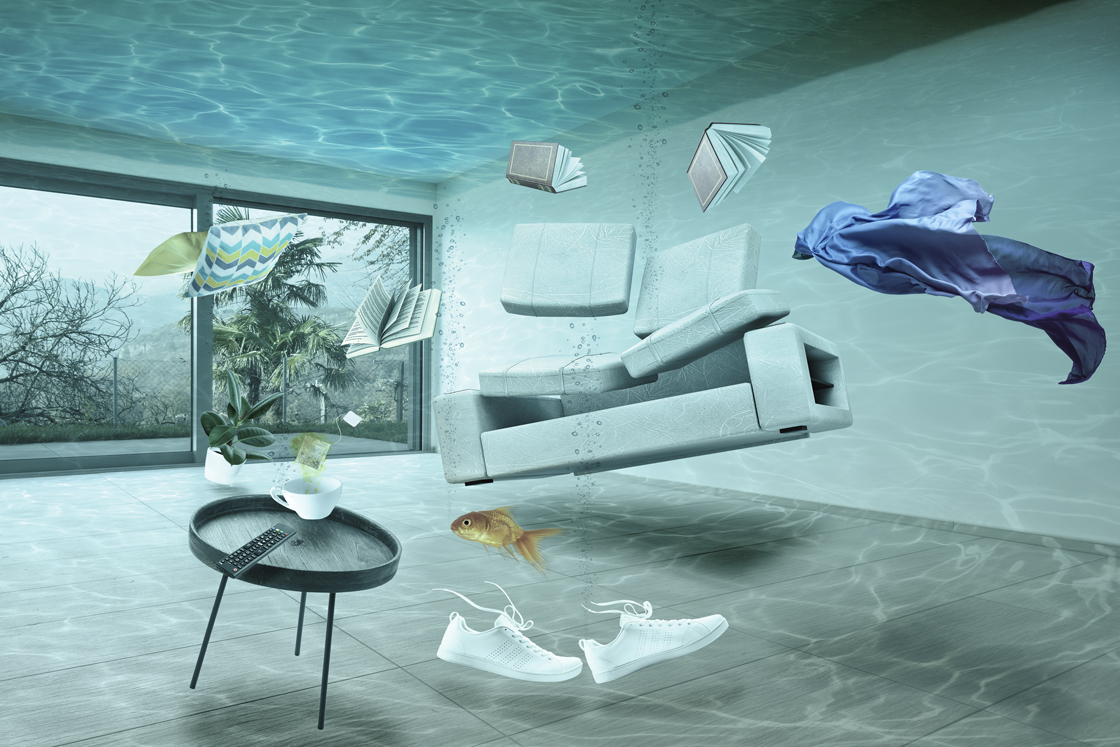How to Check If Your House Has a Concealed Leakage
How to Check If Your House Has a Concealed Leakage
Blog Article
Were you interested in suggestions about Top leak detection hacks?

Early discovery of dripping water lines can reduce a prospective calamity. Some little water leaks might not be noticeable.
1. Check Out the Water Meter
Every home has a water meter. Examining it is a proven way that assists you discover leakages. For starters, turn off all the water sources. Make sure nobody will flush, use the tap, shower, run the cleaning maker or dish washer. From there, go to the meter and watch if it will certainly alter. Since no person is using it, there should be no activities. If it relocates, that indicates a fast-moving leak. Furthermore, if you discover no changes, wait an hour or two as well as inspect back once again. This suggests you might have a slow-moving leakage that could even be below ground.
2. Check Water Usage
If you spot abrupt adjustments, regardless of your intake being the very same, it suggests that you have leakages in your plumbing system. An unexpected spike in your bill indicates a fast-moving leakage.
A stable rise every month, also with the exact same behaviors, reveals you have a slow-moving leak that's also slowly intensifying. Call a plumber to completely inspect your home, particularly if you really feel a cozy location on your flooring with piping beneath.
3. Do a Food Coloring Examination
When it comes to water consumption, 30% comes from commodes. Examination to see if they are running correctly. Decrease flecks of food color in the tank and wait 10 minutes. There's a leakage in between the storage tank as well as bowl if the shade in some way infiltrates your bowl throughout that time without flushing.
4. Asses Outside Lines
Do not forget to inspect your outdoor water lines also. Test spigots by affixing a garden tube. Ought to water permeate out of the connection, you have a loosened rubber gasket. Change this and make sure all connections are limited. If you have actually got a sprinkler system, it will help get it expertly took a look at and preserved yearly. One tiny leakage can lose tons of water and also increase your water costs.
5. Assess the scenario as well as examine
Home owners ought to make it a routine to check under the sink counters as well as even inside cupboards for any kind of bad odor or mold growth. These 2 warnings show a leak so timely focus is required. Doing routine assessments, also bi-annually, can conserve you from a major issue.
A lot more importantly, if you understand your residence is already old, maintain a watchful eye on your heaters, hose pipes, pipes and so on. Check for stainings as well as deteriorating as the majority of pipes and also home appliances have a life span. They will also normally degrade as a result of tear and use. If you believe leaking water lines in your plumbing system, don't wait for it to escalate. Call an expert plumber today so you don't end up with an awful mess in your home.
Early discovery of dripping water lines can alleviate a prospective catastrophe. Some small water leakages may not be visible. Examining it is a proven method that helps you find leakages. One small leakage can throw away loads of water and surge your water costs.
If you suspect dripping water lines in your plumbing system, do not wait for it to rise.
WARNING SIGNS OF WATER LEAKAGE BEHIND THE WALL
PERSISTENT MUSTY ODORS
As water slowly drips from a leaky pipe inside the wall, flooring and sheetrock stay damp and develop an odor similar to wet cardboard. It generates a musty smell that can help you find hidden leaks.
MOLD IN UNUSUAL AREAS
Mold usually grows in wet areas like kitchens, baths and laundry rooms. If you spot the stuff on walls or baseboards in other rooms of the house, it’s a good indicator of undetected water leaks.
STAINS THAT GROW
When mold thrives around a leaky pipe, it sometimes takes hold on the inside surface of the affected wall. A growing stain on otherwise clean sheetrock is often your sign of a hidden plumbing problem.
PEELING OR BUBBLING WALLPAPER / PAINT
This clue is easy to miss in rooms that don’t get much use. When you see wallpaper separating along seams or paint bubbling or flaking off the wall, blame sheetrock that stays wet because of an undetected leak.
BUCKLED CEILINGS AND STAINED FLOORS
If ceilings or floors in bathrooms, kitchens or laundry areas develop structural problems, don’t rule out constant damp inside the walls. Wet sheetrock can affect adjacent framing, flooring and ceilings.
https://www.servicemasterbyzaba.com/blog/how-to-detect-water-leakage-in-walls/

As an avid reader on Detecting hidden plumbing leaks, I was thinking sharing that piece of content was a good idea. Sharing is nice. Helping people is fun. Kudos for your time. Visit again soon.
Report this page